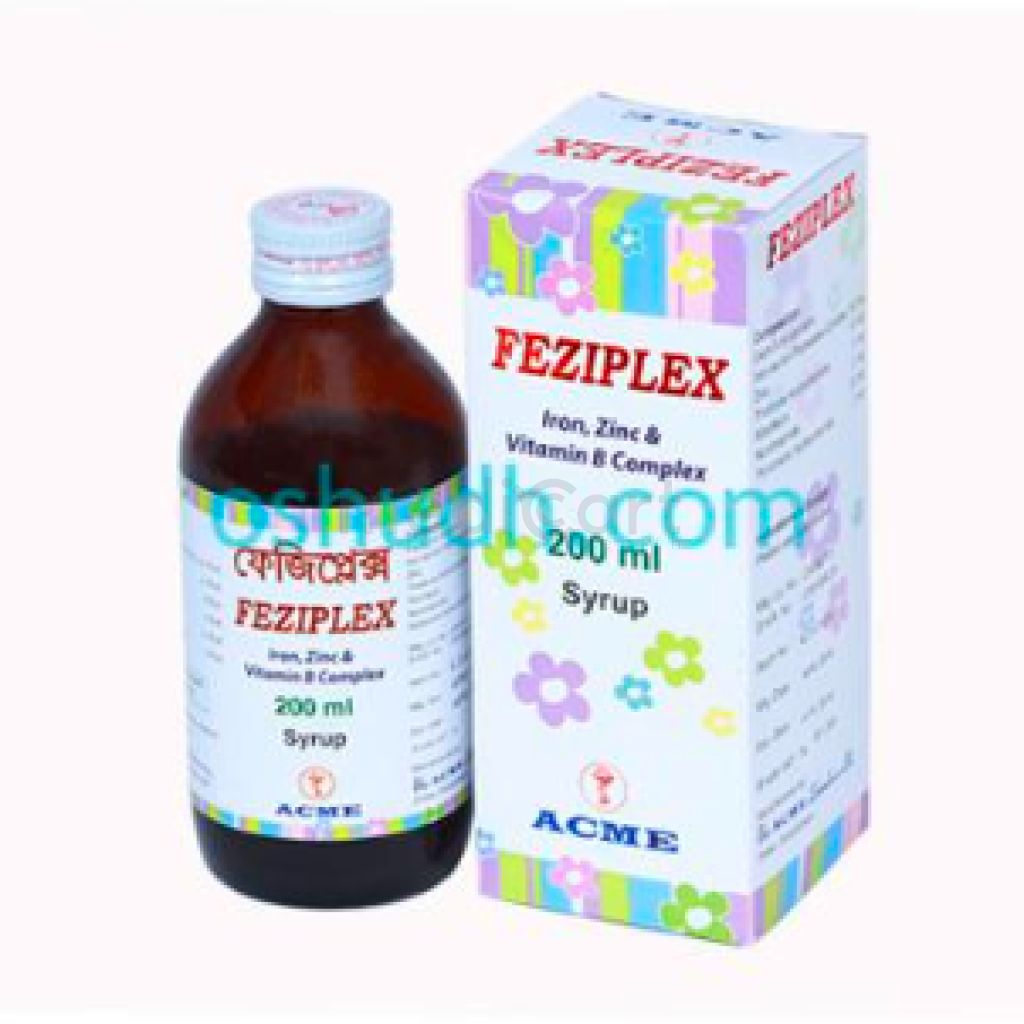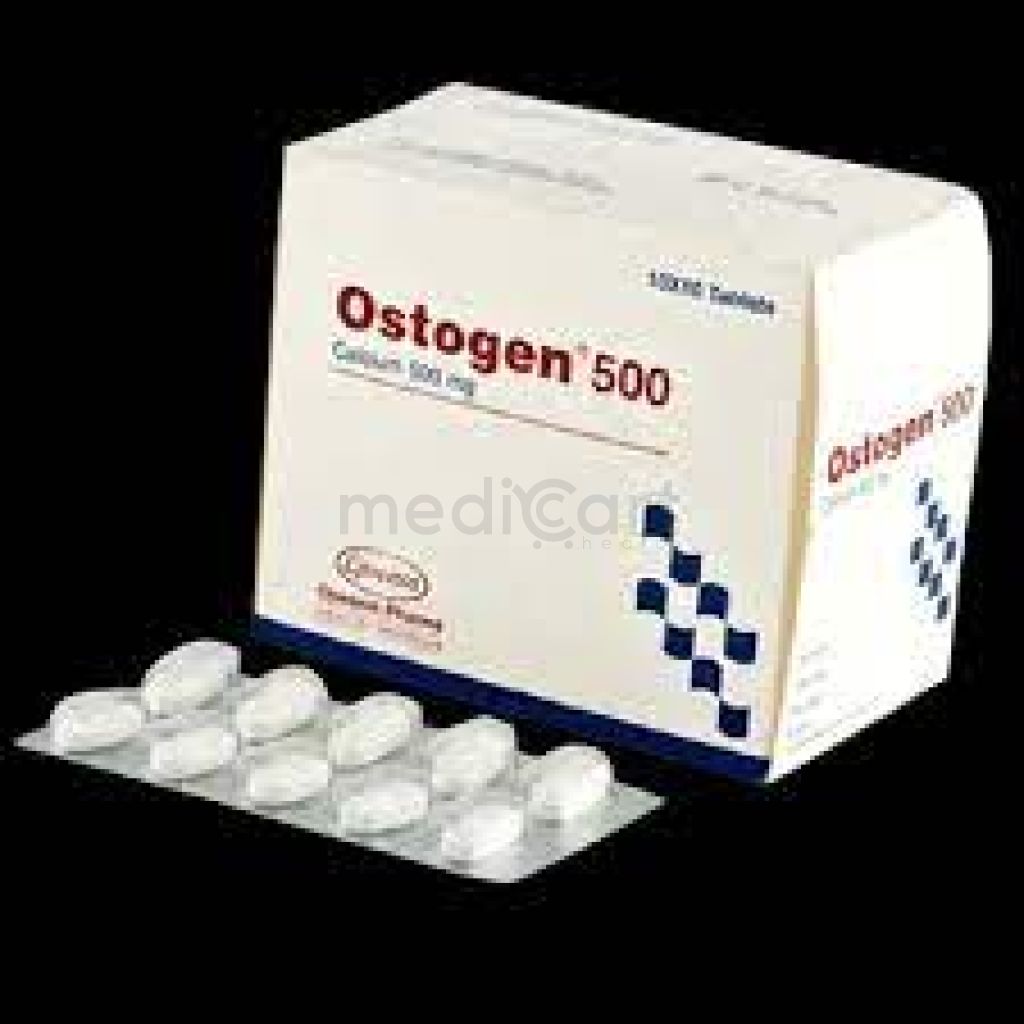

Meroclav 250 mg - 250mg
Tablet
Pack Size :
10 Tablet x 1 Strip
Generics :
Cefuroxime + Clavulanic Acid
Manufacturer :
Ibn Sina Pharmaceutical Ind. Ltd.
Best Price *
TK
300.00
* Delivery will be done in Dhaka city only.
More Information About - Meroclav 250 mg - 250mg
Description
Generic Name
Cefuroxime + Clavulanic AcidPrecaution
Severe renal impairment; pregnancy, lactation; hypersensitivity to penicillins. Lactation: Drug excreted in breast milk; use with cautionIndication
Pharyngitis, Acute otitis media, Lyme disease, Susceptible infections, Sinusitis,Otitis media, Skin and skin structure infections,Tonsillitis, Respiratory tract infections, Acute Maxillary Sinusitis, MDR Typhoid fever, Urinary tract infections, Acute bacterial exacerbation of chronic bronchitis, Surgical ProphylaxisContra Indication
Hypersensitivity to cephalosporins.Dose
N/ASide Effect
>10% Diarrhea (4-11%; depends on duration) 1-10% Decreased hemoglobin or hematocrit (10%),Eosinophilia (7%),Nausea or vomiting (3-7%),Vaginitis (<5%),Transient rise in hepatic transaminases (2-4%),Diaper rash (3%),Increase in alkaline phosphatase (2%),Thrombophlebitis (2%),Increase in lactate dehydrogenase (1%) <1% Anemia,Cholestasis,Colitis,Dyspnea,Epidermal necrolysis,Increase in blood urea nitrogen (BUN) and creatinine,Jaundice,Nephritis,Prolonged prothrombin time (PT)/international normalized ratio (INR),Rash,Stevens-Johnson syndrome,Stomach cramps,Transient neutropenia and leukopenia,Urticaria Potentially Fatal: Anaphylaxis, nephrotoxicity, pseudomembranous colitis.Pregnancy Category
Name : B
Description
Animal reproduction studies have failed to demonstrate a risk to the fetus and there are no adequate and well-controlled studies in pregnant women OR Animal studies have shown an adverse effect, but adequate and well-controlled studies in pregnant women have failed to demonstrate a risk to the fetus in any trimester.Mode of Action
Cefuroxime binds to one or more of the penicillin-binding proteins (PBPs) which inhibits the final transpeptidation step of peptidoglycan synthesis in bacterial cell wall, thus inhibiting biosynthesis and arresting cell wall assembly resulting in bacterial cell death. Addition of clavulanate inhibits beta-lactamase-producing bacteria; Clavulanic acid has a high affinity for and binds to certain beta-lactamases that generally inactivate Cefuroxime by hydrolyzing its beta-lactam ring. Combining clavulanate potassium with Cefuroxime extends the antibacterial spectrum of Cefuroxime to include many bacteria normally resistant to Cefuroxime and other penicillins and cephalosporins.Interaction
May enhance the nephrotoxic effect of strong-acting diuretics (e.g. furosemide) and aminoglycosides. May enhance the effect of oral anticoagulants. May reduce the efficacy of OCs. Probenecid prolongs the excretion of cefuroxime and elevated peak serum level.Pregnancy Category Note
N/AAdult Dose
Adolescents & adults: Pharyngitis or Tonsillitis: 250 mg twice daily 5-10 days Acute bacterial maxillary sinusitis: 250 mg twice daily 10 days Acute bacterial exacerbation of chronic bronchitis: 250-500 mg twice daily 10 days Secondary bacterial infections of acute bronchitis: 250-500 mg twice daily 5-10 days Community acquired pneumonia: 250-500 mg twice daily 5-10 days Uncomplicated skin & skin-structure infections: 250-500 mg twice daily 10 days MDR Typhoid fever: 500 mg twice daily 10-14 days Uncomplicated urinary tract infection: 250 mg twice daily 7-10 days Uncomplicated gonorrhea: 1000 mg single dose Lyme disease: 500 mg twice daily 20 daysChild Dose
Paediatric patients (3 months to 12 years) Pharyngitis or Tonsillitis: 20 mg/kg/day in two divided doses 5-10 days Acute otitis media: 30 mg/kg/day in two divided doses 10 days Acute bacterial maxillary sinusitis: 30 mg/kg/day in two divided doses 10 days Community acquired pneumonia: 30 mg/kg/day in two divided doses 5-10 days MDR Typhoid fever: 30 mg/kg/day in two divided doses 10-14 days Uncomplicated skin & skin-structure infections: 30 mg/kg/day in two divided doses 10 days Uncomplicated urinary tract infection: 20 mg/kg/day in two divided doses 7-10 daysRenal Dose
N/AAdministration
Tab: May be taken with or without food. Oral susp: Should be taken with food.Disclaimer
The information provided herein are for informational purposes only and not intended to be a substitute for professional medical advice, diagnosis, or treatment. Please note that this information should not be treated as a replacement for physical medical consultation or advice. Great effort has been placed to provide accurate and comprehensive data. However, Medicart along with its authors and editors make no representations or warranties and specifically disclaim all liability for any medical information provided on the site. The absence of any information and/or warning to any drug shall not be considered and assumed as an implied assurance of the Company.








